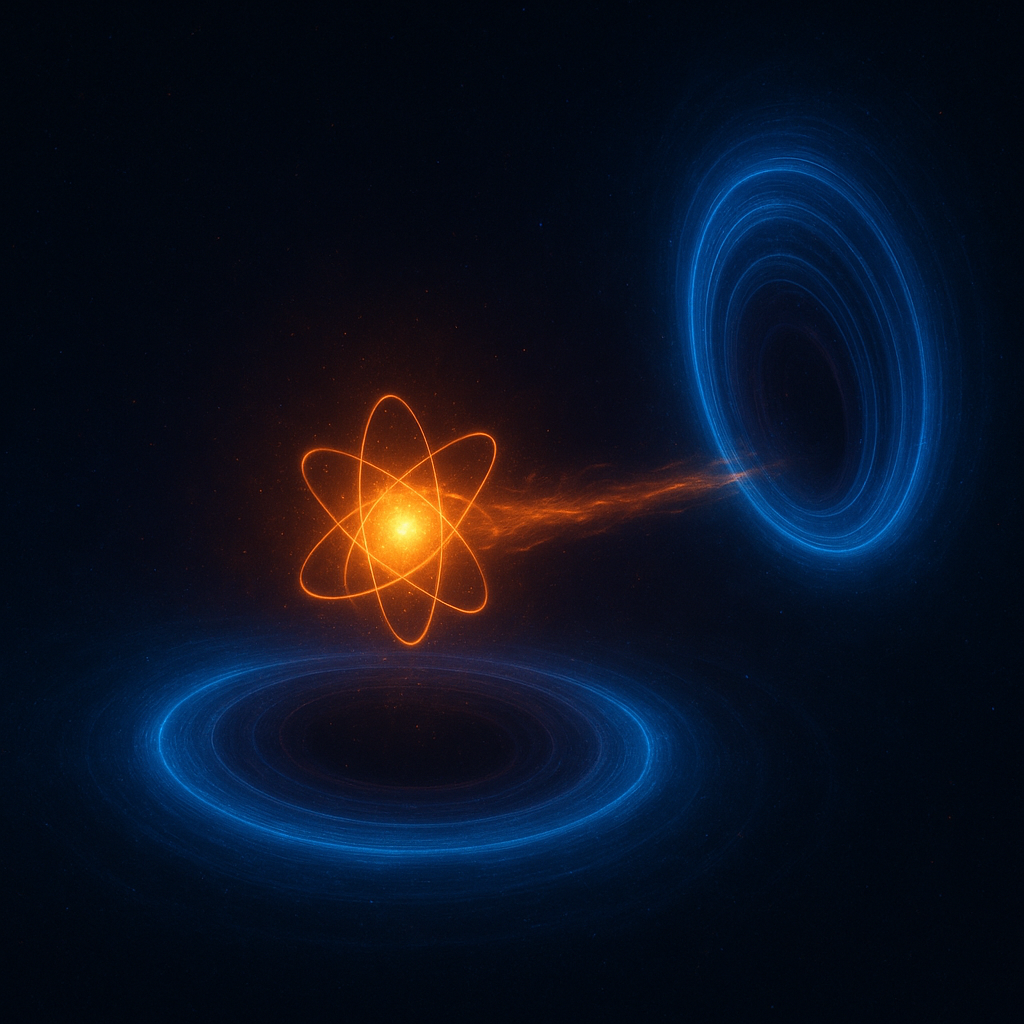Quantum Leap: Breakthrough in High-Fidelity Teleportation Brings Quantum Communication Closer to Reality
Teleportation has long captured the imagination of science fiction writers and physicists alike. Now, a groundbreaking study by researchers at the University of Illinois Urbana-Champaign has brought quantum teleportation closer to practical implementation, achieving the transfer of quantum information using single photons with an impressive 94% fidelity. Published in Physical Review Letters, the work marks a major step forward in the development of quantum communication networks.
Harnessing Nanophotonics for Quantum Breakthroughs
The researchers achieved their results using a nanophotonic platform—a microscopic optical material engineered to manipulate light with extreme precision. This platform enabled the team to utilize nonlinear optical processes, which are essential for amplifying and transmitting quantum information effectively.
“For quantum networks to become a reality, fidelity and efficiency are everything,” said Kejie Fang, professor of electrical and computer engineering and lead author of the study. “Our nonlinear system transmits quantum information with 94% fidelity, far surpassing the 33% limit of traditional linear optical systems. This alone demonstrates the transformative potential of nonlinear optics.”
Nonlinear optics, unlike conventional linear methods, can change the properties of light in ways that are vital for manipulating quantum states. But until now, achieving these effects at the single-photon level—a necessity for quantum communication—has proven elusive due to inefficiencies and technical limitations.
The introduction of nanophotonic materials has changed that equation, allowing the system to operate at ultra-low light levels while maintaining the delicate quantum states necessary for teleportation.
Confronting Multiphoton Noise in Entanglement
A key challenge in building functional quantum networks is multiphoton noise, an error that arises when entanglement sources generate more than one pair of photons at once. This extra noise leads to ambiguities in data transmission, limiting the reliability of teleportation.
“Multiphoton noise occurs in all realistic entanglement sources, and it’s a serious problem for quantum networks,” said Elizabeth Goldschmidt, professor of physics at Illinois and co-author of the study. “The appeal of nonlinear optics is that it can mitigate the effects of this noise through fundamental physical interactions.”
The team tackled this problem using a process known as sum-frequency generation (SFG), a nonlinear interaction that combines two photons into a new photon with higher energy. By filtering out unwanted noise through SFG, the researchers significantly improved the clarity and consistency of quantum data transmission.
Toward Real-World Quantum Communication
The implications of this research are profound. High-fidelity quantum teleportation forms a cornerstone of future quantum networks—enabling secure communication, distributed quantum computing, and ultra-sensitive sensing systems.
Beyond the lab, the technology could support scalable, real-world applications such as:
Quantum Internet Infrastructure: Offering secure, tamper-proof communication channels.
Advanced Quantum Sensors: Detecting minuscule changes in gravitational or magnetic fields.
Interconnected Quantum Processors: Allowing quantum computers to work together across vast distances.
“This work not only demonstrates a fundamental principle in quantum information science but also pushes the boundaries of what’s achievable using practical, scalable technology,” said Fang.
With experimental results confirming the feasibility of high-efficiency, high-fidelity teleportation using a compact and scalable system, the future of quantum communication is coming into focus—not as science fiction, but as science fact.
This article contains AI generated content using information from these sources:
Daily Galaxy - https://dailygalaxy.com/2025/04/quantum-teleportation-just-became-reality/
